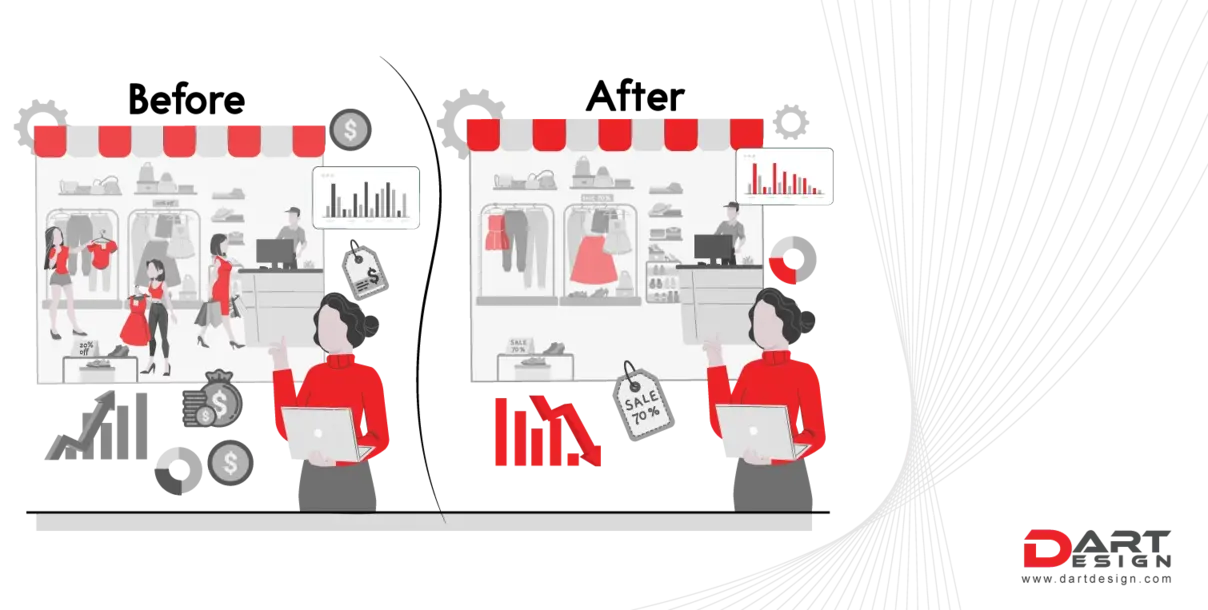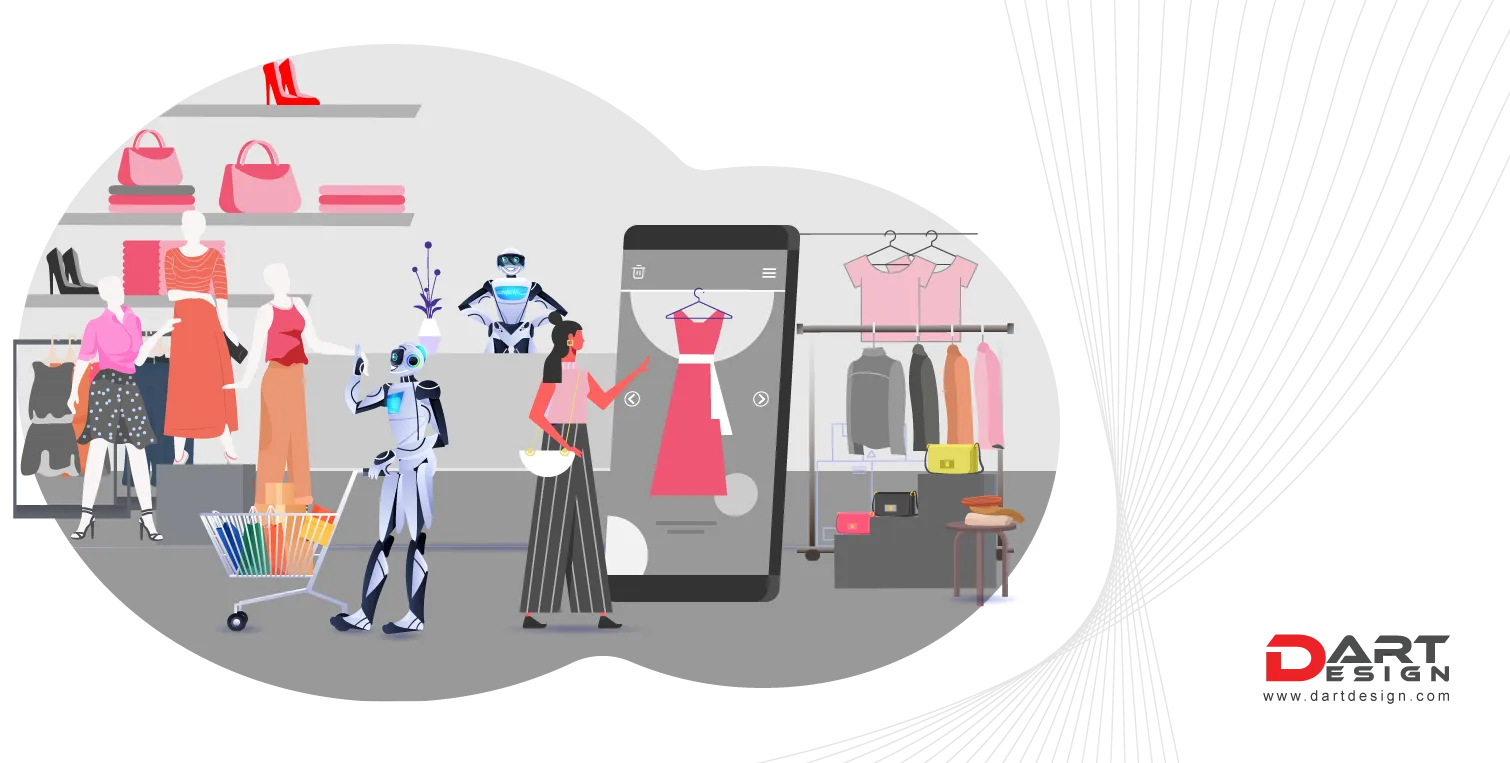Although the state is evident, we all know that these past few quarters have been difficult for retailers. The COVID-19 downswings have harmed casual spending, holiday sales forecasts, and in-store experience. Businesses are being forced into revising their business strategies and forecasts. Revise again and again.
Brands are starting to rebound as consumers shift from immediate goods such as food, medicine, and paper goods to regular shopping activities like furniture for their homes, leisure wear, and other items.
Retailers need to retain customers, which has opened up a new opportunity for brands to strengthen their relationships with shoppers. You may have had a retail strategy to achieve that before COVID-19, but times have changed. While it’s easy for retailers to focus on the negative aspects of the pandemic, they have had more opportunities to reconsider the status quo, engage directly and continually reinvent themselves to reach customers.
The following are some things to remember when you want to strengthen customer relationships.
The signal you’re open for business
Retailers need to reaffirm the brand’s vision and go-to-market identity. Re-engaging your customers is critical. Let them know that services are still available online and in-store. Use personalized email campaigns, targeted marketing promotions and intimate messaging to let shoppers know you are open to them. Loyal customers will be more loyal to small businesses most affected by the crisis during this time.
Reexamine market demand and inventory
Many businesses have had to close down unprofitable offices. Brands must be able to understand changing customer needs. Retailers need to reevaluate their inventory to prioritize the sales/marketing of products that offer the best return on investment. You must reassess your key customers’ locations (demographics) and which metrics will best identify them. This data should be layered with information about regional shutdowns and reopening. The way brands interact with customers can change depending on where they live and the stage of reopening they are experiencing in their local communities.
Brands can offer incentives to encourage shoppers, such as deep discounts, early access or loyalty reward programs. Market uncertainty can be mitigated by demand planners constantly adjusting their plans to changing consumer shopping habits. A clear view of Fall season demand is essential due to the possibility of more shutdowns and the effects of stay-at-home schooling. Numerous brands are constantly revising their forecasts and reassessing the demand.
Always prioritize the customer experience
The prospect of finding new customers is uncertain as discretionary spending has fallen. Brands must take steps to satisfy current customers or risk losing their core profit. Retailers need to focus on keeping loyal customers and the value they offer. Find out what your customers need, meet them and provide extra care. Omnichannel and direct-to-consumer sales strategies offer customers the flexibility to interact with brands in the most convenient ways.
Consider the following:
● It would be best if you considered investing in omnichannel offerings to overcome the purchase barriers caused by the pandemic.
● Ensure you have the infrastructure to provide flexible retail services, such as curbside or in-store pickup.
● Product offerings are shifted based on critical customers’ needs.
Communicate the right message
Brands must be open to changing the environment and constantly reexamine what they are saying to customers. Retailers must be aware of the environment in which they operate and adapt their marketing to reflect the essential values of customers. Make sure your loyal customers feel confident about purchasing. You can also send personal messages to local communities that depend on smaller brands.
Retailers must keep reinventing themselves over time and finding new sales methods to provide a safe and satisfying customer experience.




